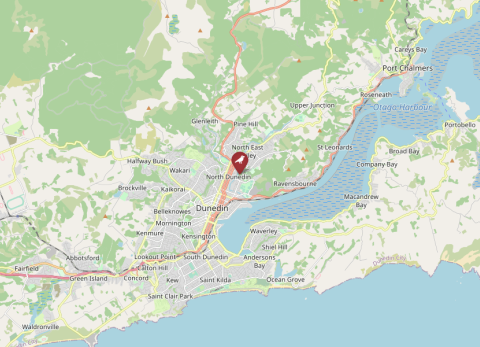Dunedin Botanic Garden
View all studies on the map
©
Leaflet | OpenStreetMap | NIOO-KNAW
Details
- Country
-
New Zealand
- Species
-
Dunnock
- Pipeline
- No
- Max. nr nestboxes
- 466
- Running period
- 2009–2016
- ID data
- Colour rings
- Metal rings
- Environmental data
- Rainfall
- Temperature
- Individual data
- Morphological measures
- Personality data
- Physiological data
- Habitat
- Mixed
- Urban
- Genetic data
- Blood samples collected
- Feather samples collected
- Basic breeding
- Yes
- Winter data
- Winter ringing
- Feeding at nest data
- Yes
No data available
Request data
Details
- Country
-
New Zealand
- Species
-
Dunnock
- Pipeline
- No
- Max. nr nestboxes
- 466
- Running period
- 2009–2016
- ID data
- Colour rings
- Metal rings
- Environmental data
- Rainfall
- Temperature
- Individual data
- Morphological measures
- Personality data
- Physiological data
- Habitat
- Mixed
- Urban
- Genetic data
- Blood samples collected
- Feather samples collected
- Basic breeding
- Yes
- Winter data
- Winter ringing
- Feeding at nest data
- Yes
